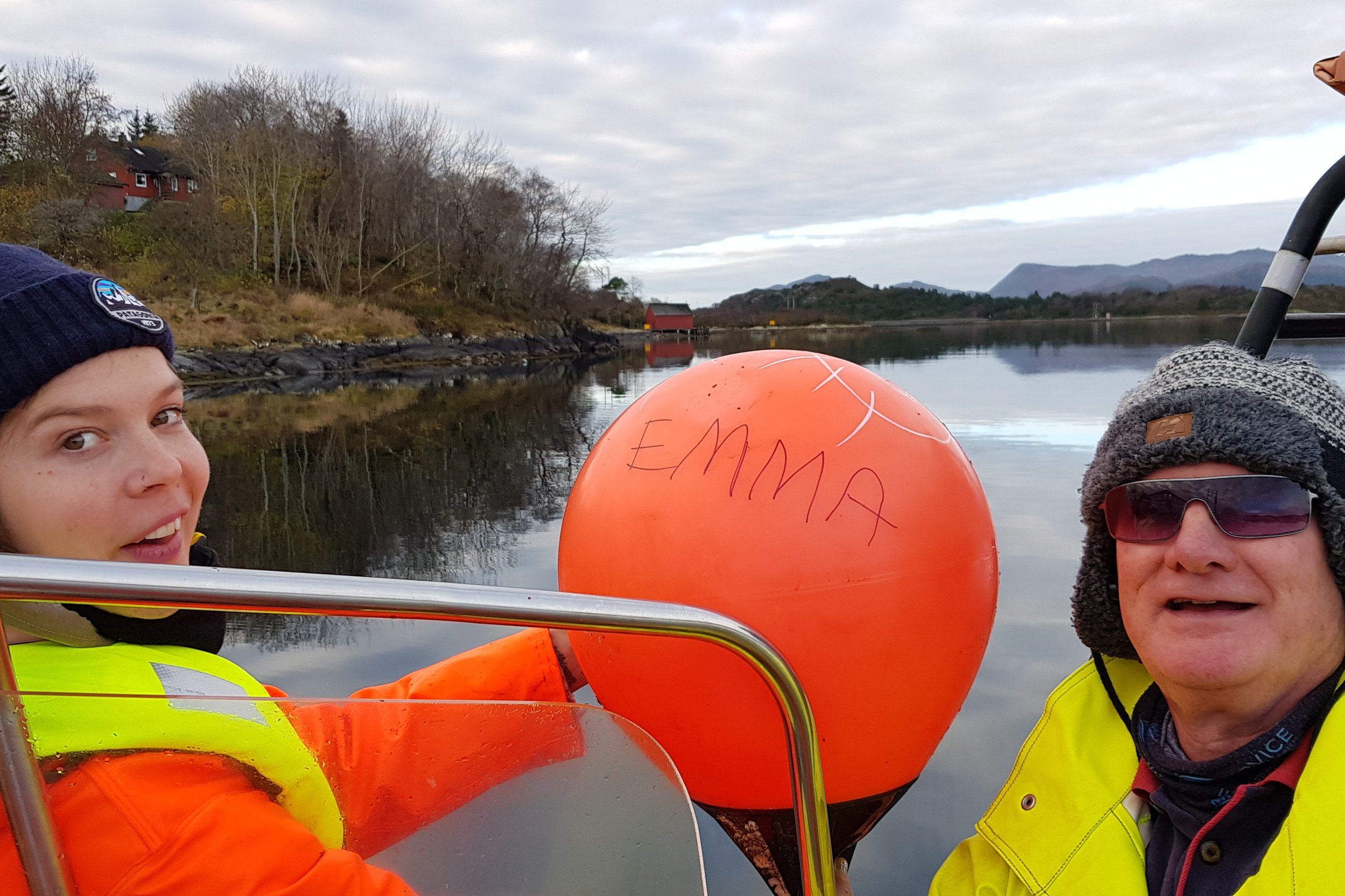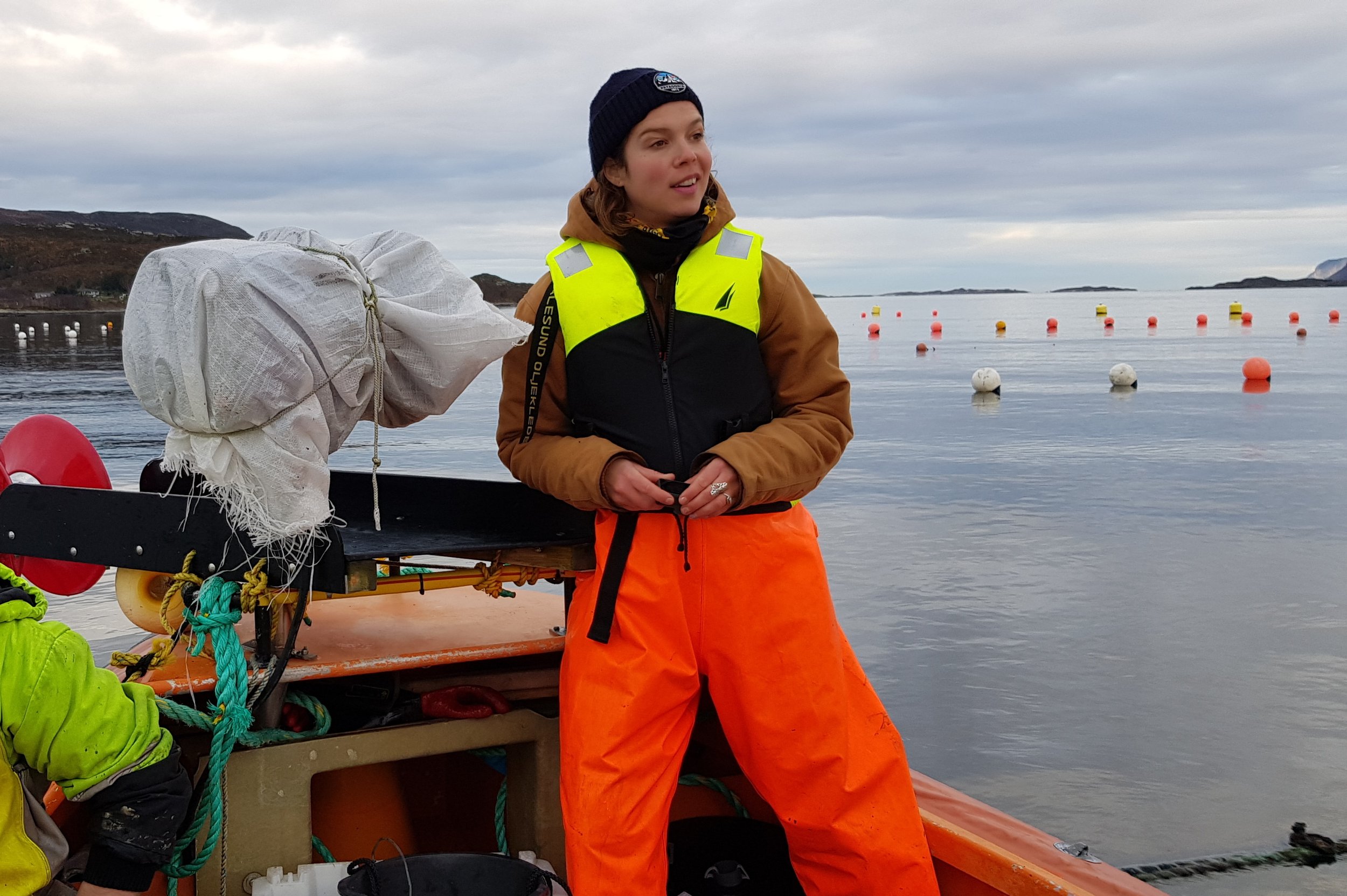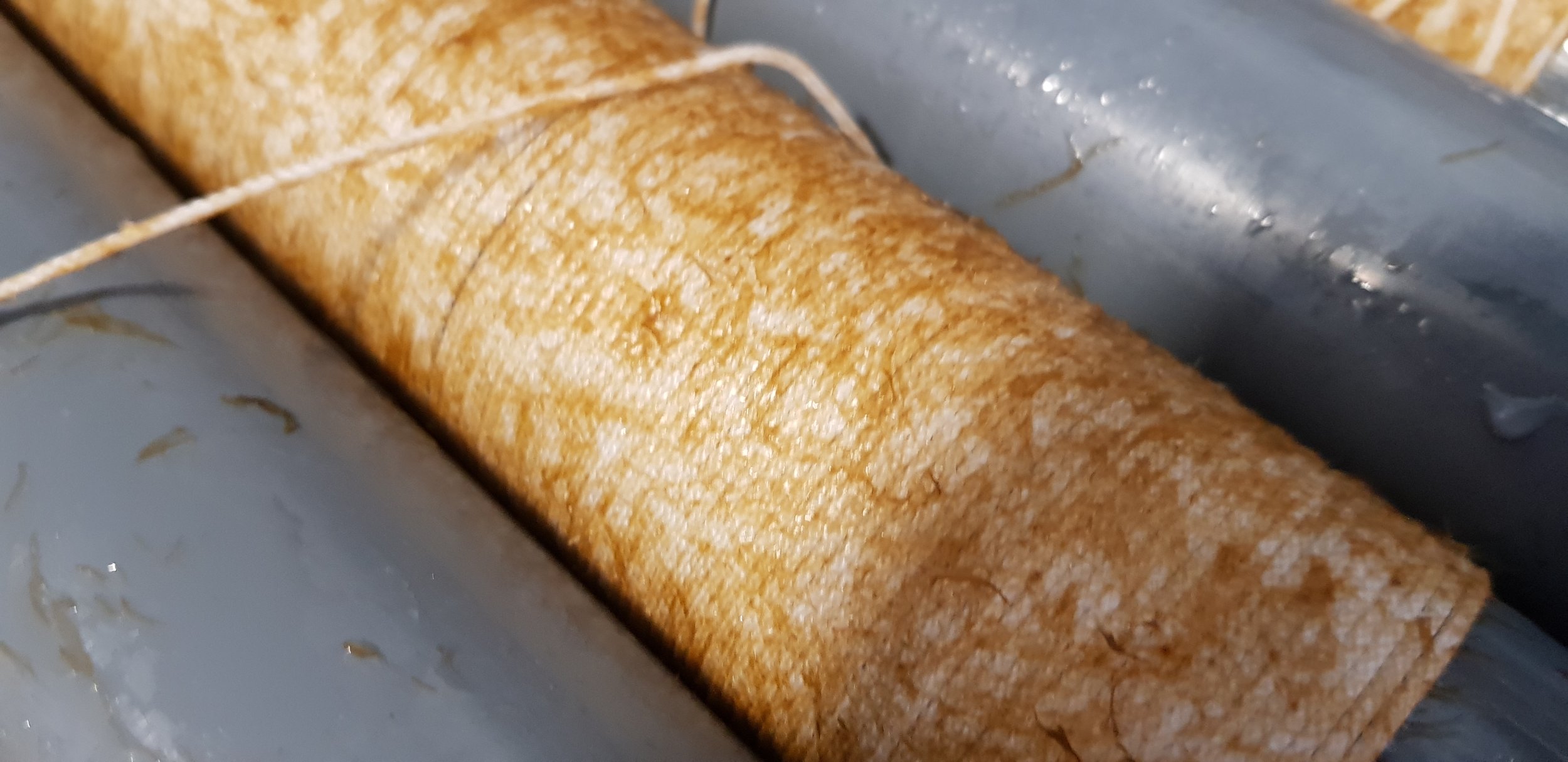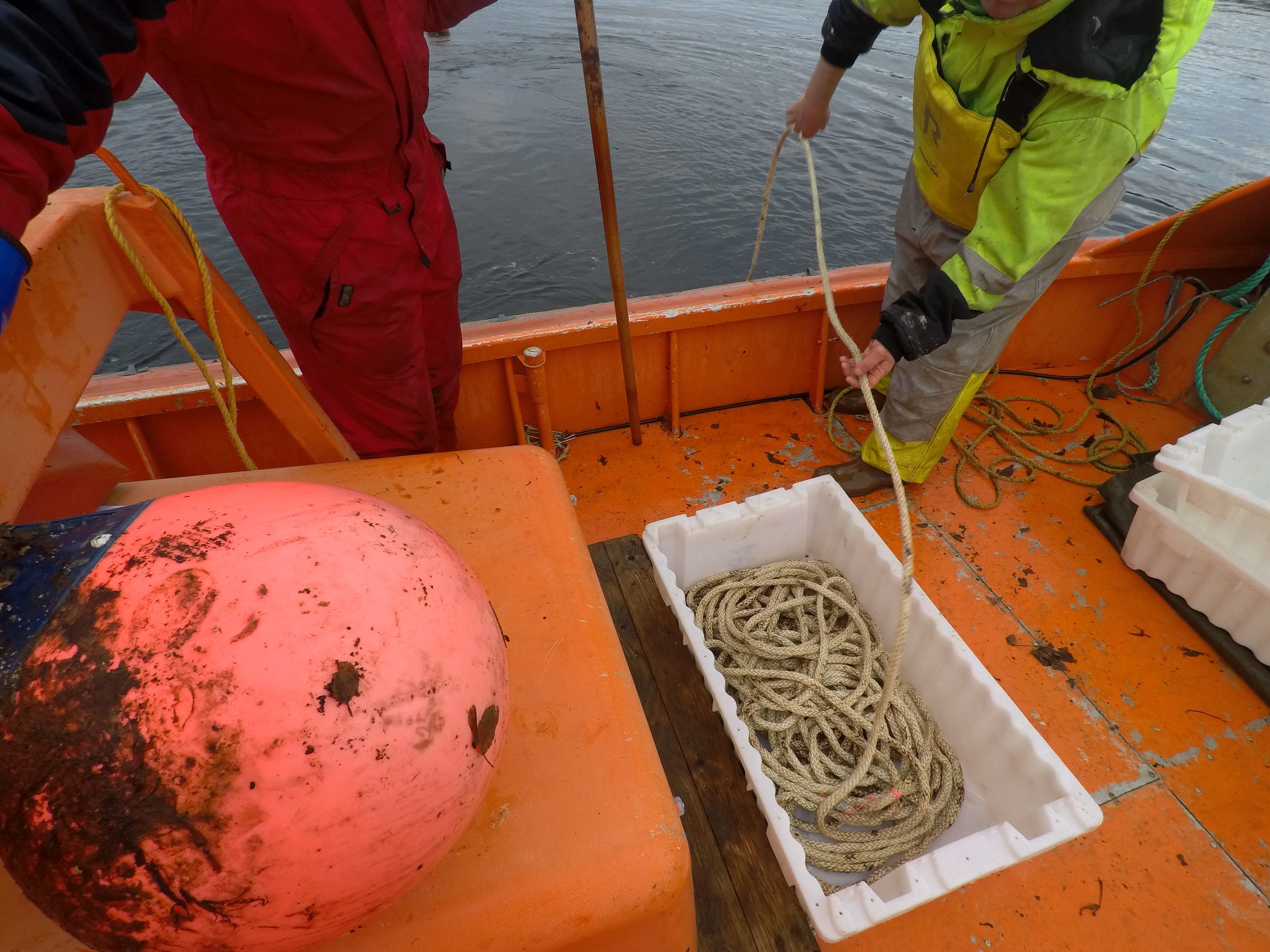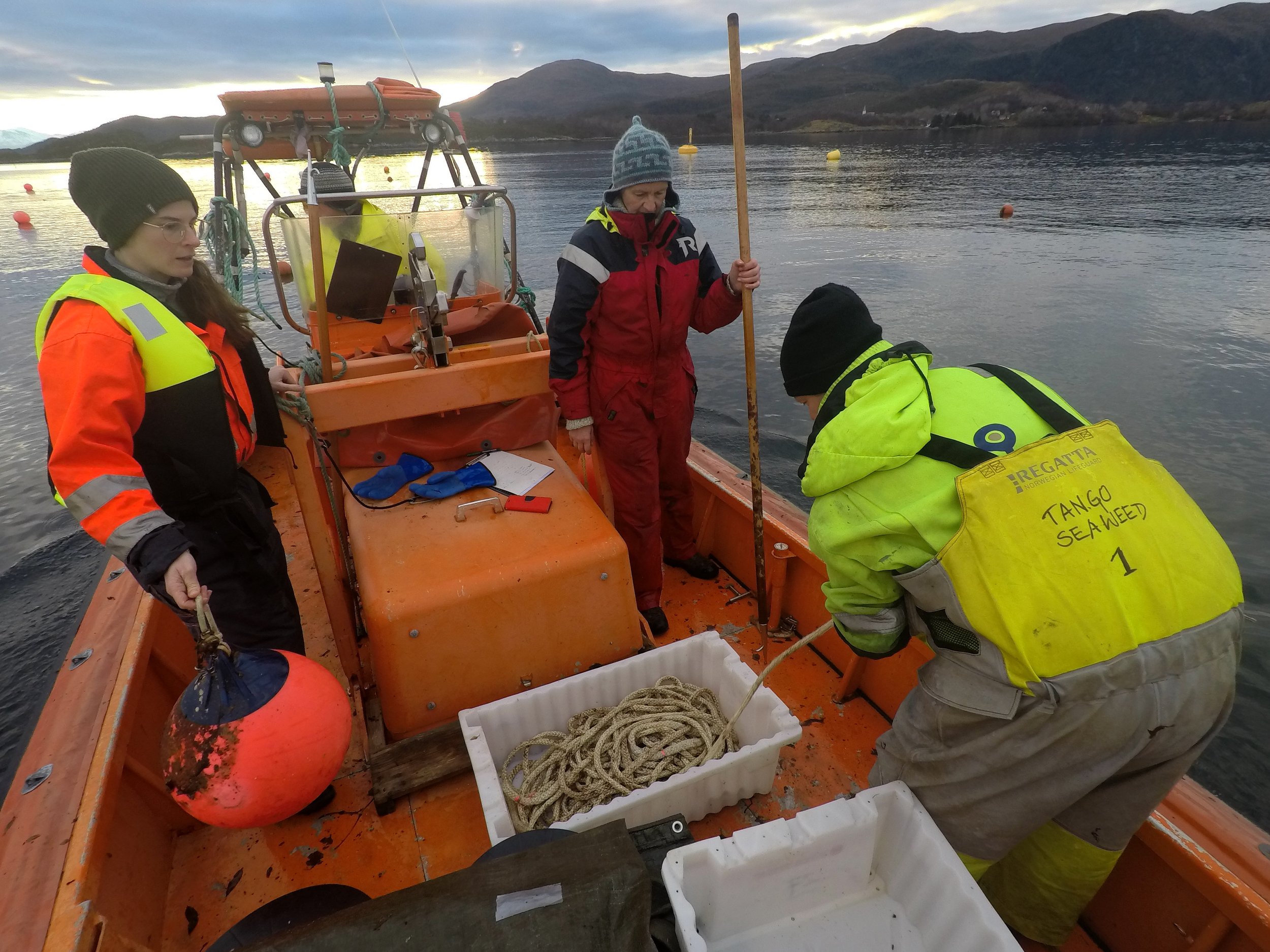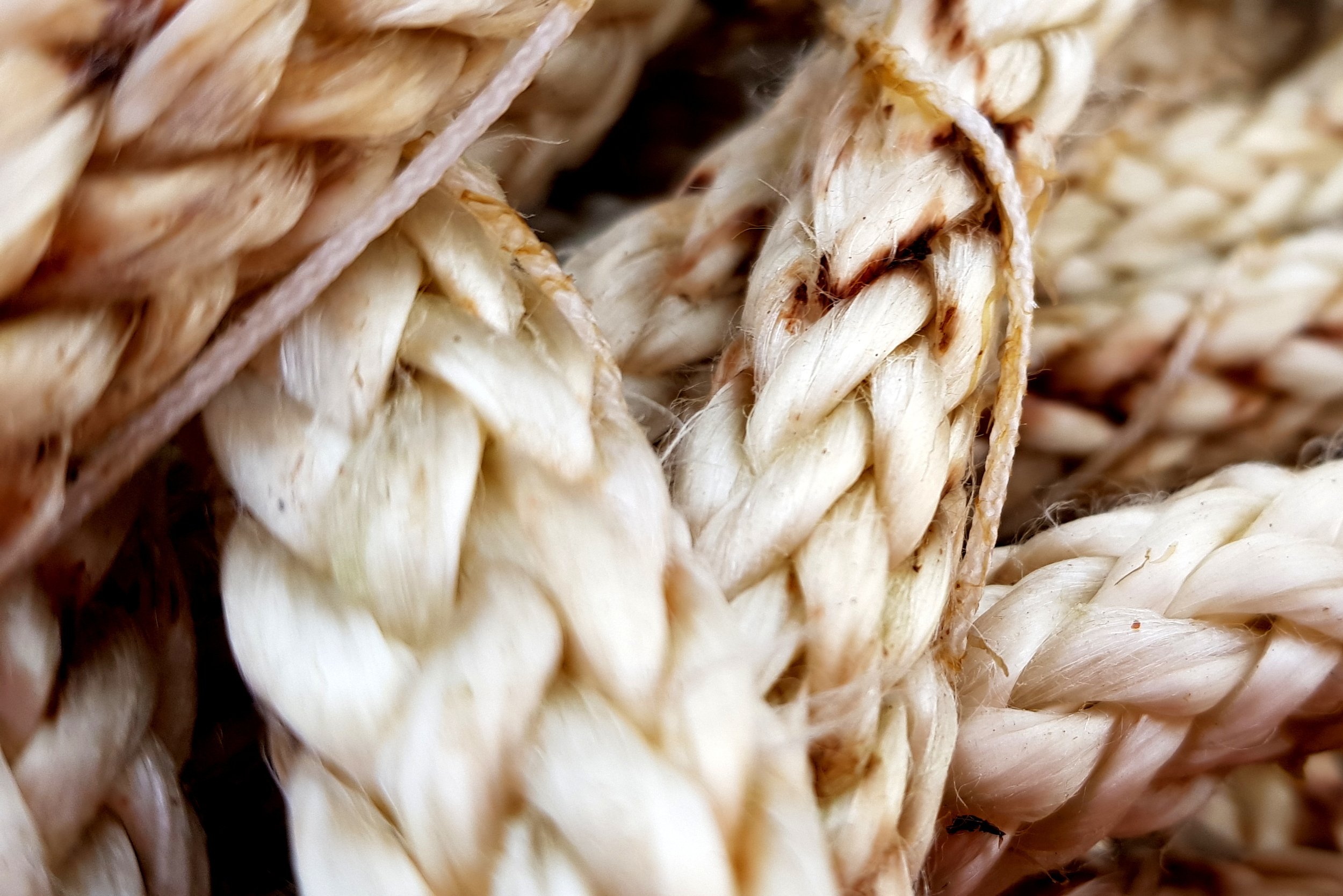Seaweed Springtime in November
In between heavy storms, we successfully seeded next year’s seaweed crop
Seeding of sugar kelp and winged kelp in November
The life cycle of kelps is seasonally reversed compared to most landplants, i.e. they start their life in our farm in the fall and will be ready to be harvested in spring and early summer.
Cultivation ropes are once more suspended in our sea farm - and some of the floats decorated during the open day have found their way into the sea.
This past week, we seeded the entire area at Skarveskjæret with seedlings of sugar kelp and winged kelp. We continue the testing and development in order to find the optimal seeding time and determine the best seed type, seeding method and ways to attach the minute kelps to our cultivation ropes.
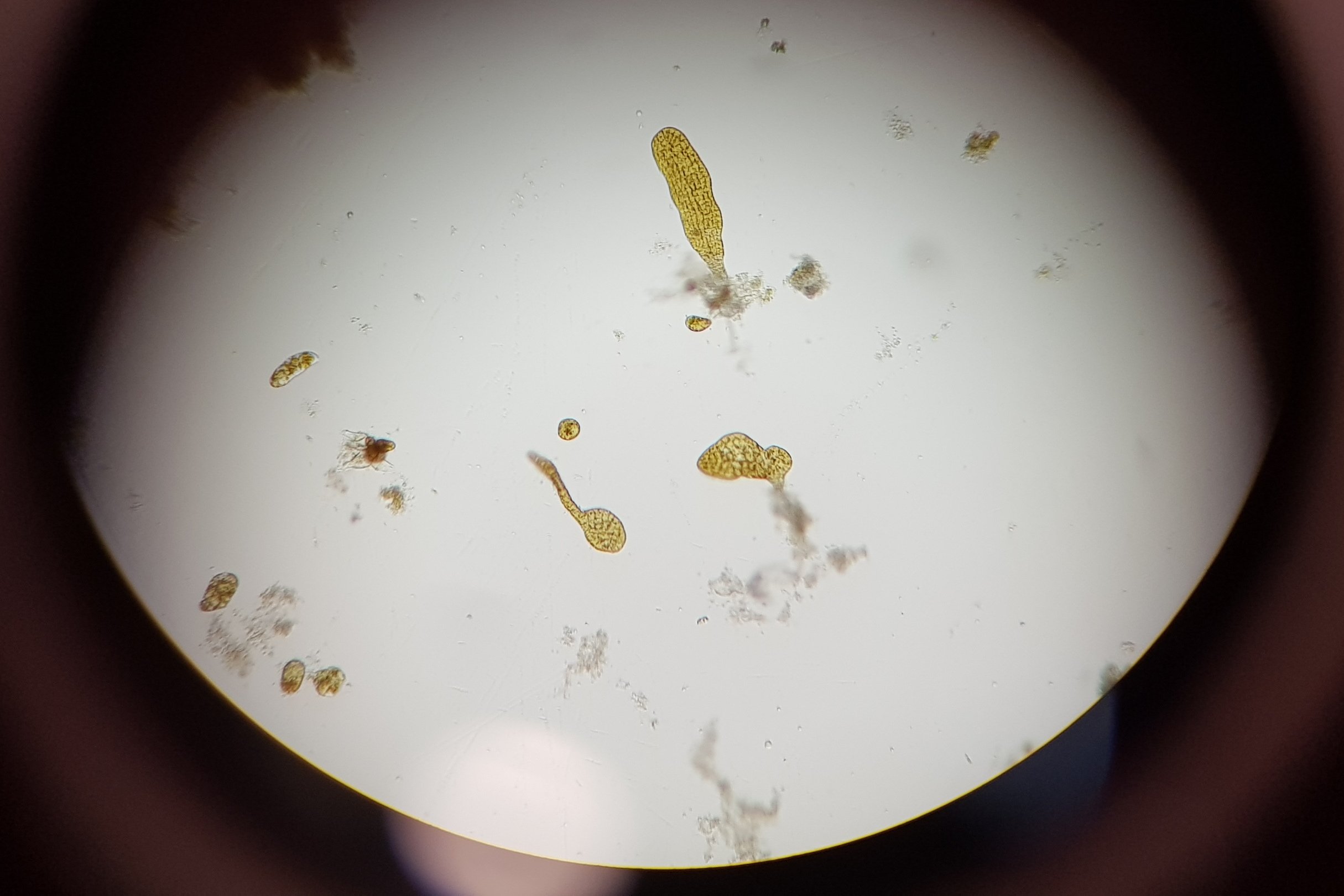

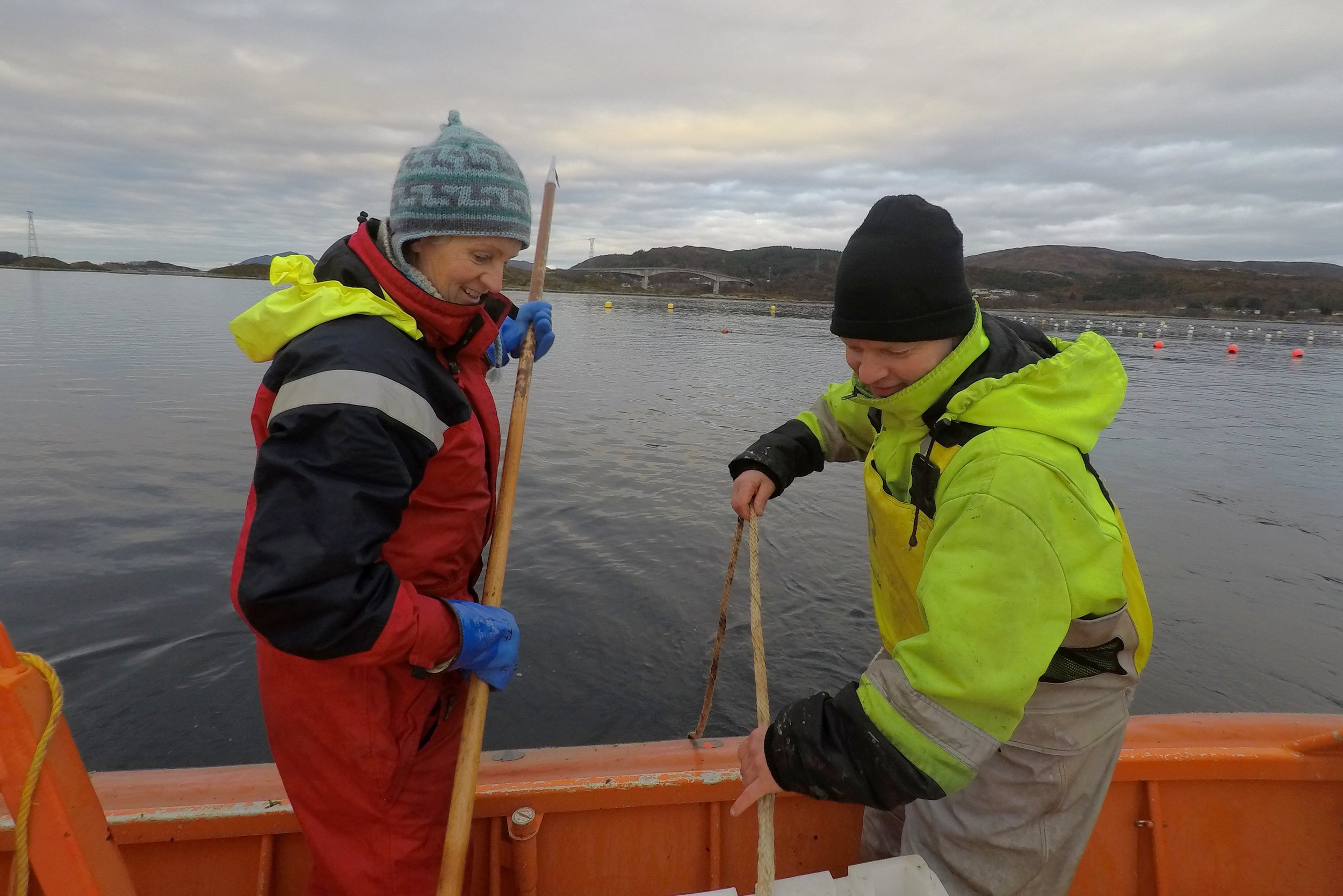
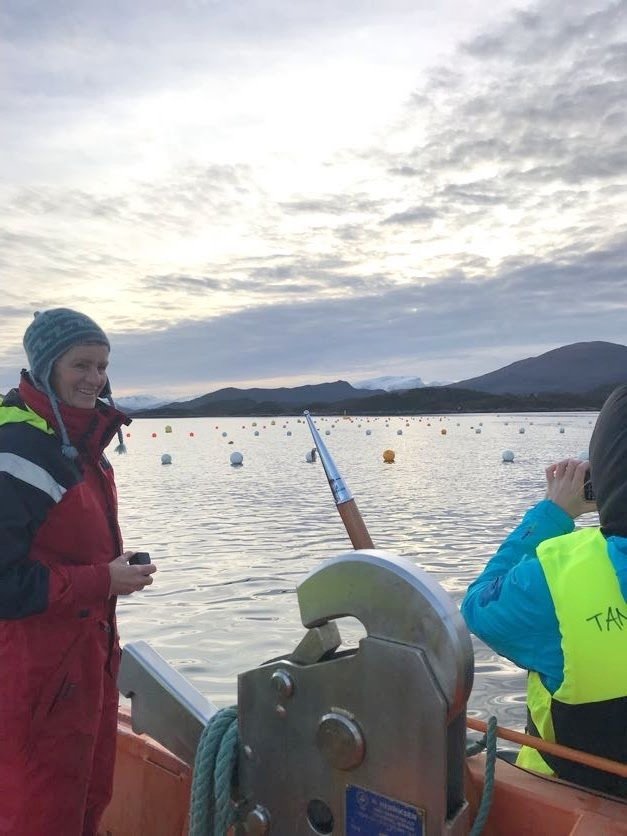
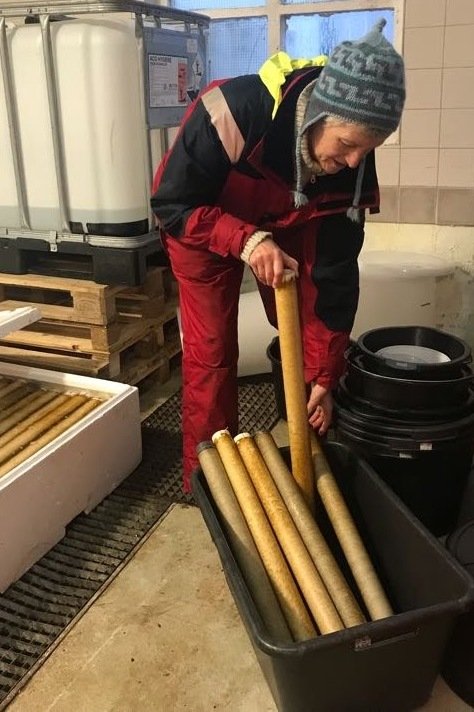
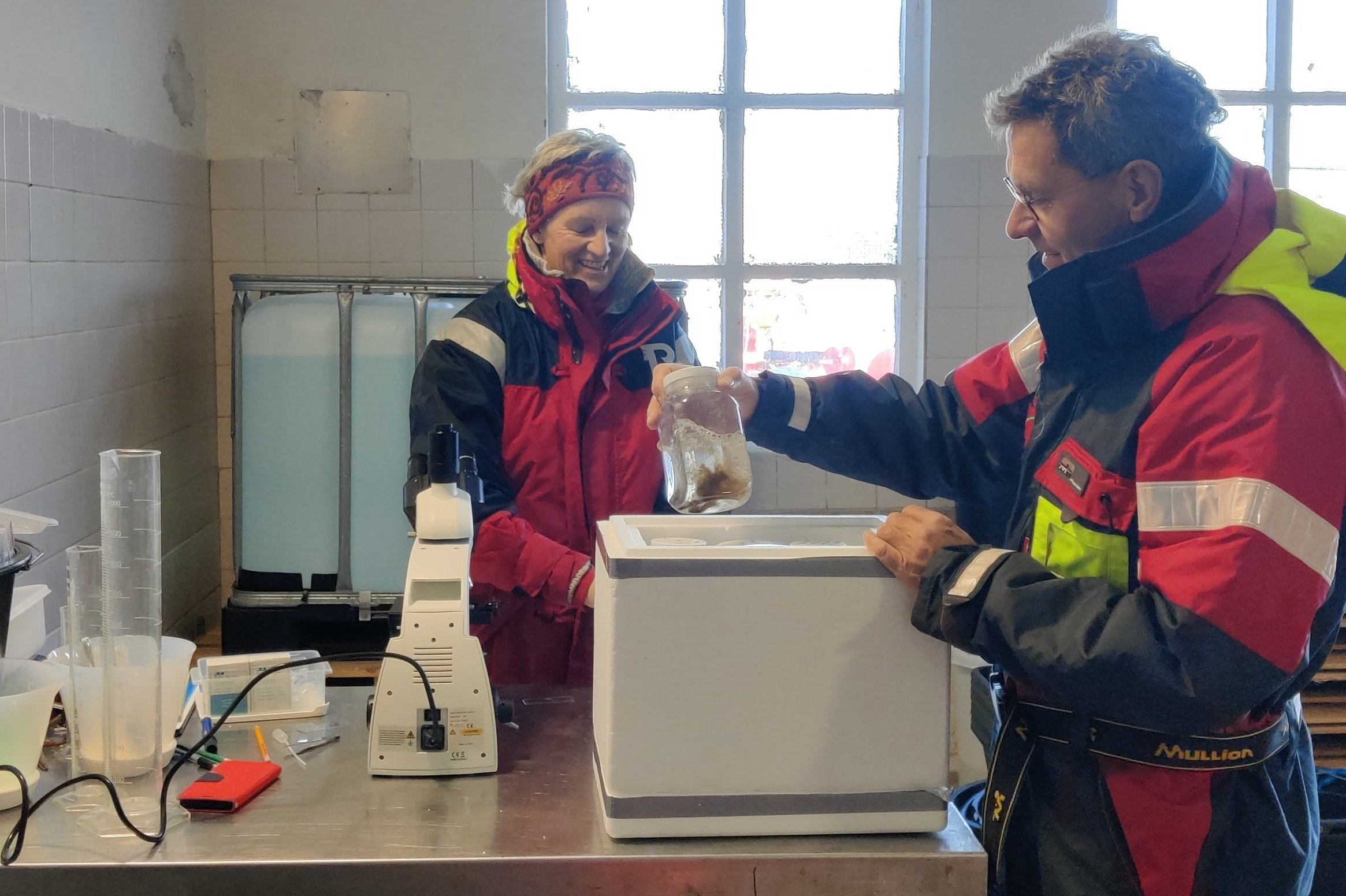
Aside from the TANGO Team and our seedling suppliers (Hortimare and SES), we were joined by some seaweed enthusiasts that got their ‘seaweed feet wet’ for the first time.
But let Korbyn tell her own story of a week of seeding work…
Korbyn joined us from Pasvik for a week of seaweed seeding.
Heia Tango Seaweed supporters, fans, followers, and dreamers alike! My name is Korbin Lyn and I am so excited to share how I came to spend time learning alongside Tango Seaweed during the kelp seeding season 2021 and experiencing plant-based ocean farming for the first time in my life. Though I am here from the USA on a folk school adventure learning Arctic Bushcraft in the Pasvik Valley, I also came to Norway with this internal flame burning to work with regenerative ocean systems. I am not yet sure exactly what that looks like for me, so as I was looking for my next step after folk school, I reached out to Tango Seaweed looking for study direction and advice. I was so touched when Lise replied with a super warm welcome AND an invitation to volunteer for the seeding season, an opportunity I could not turn down!
Wytse taking care of the important things - like coffee.
Tango’s intern, Wytse, also warmly welcomed me upon arrival. Like him, my background is in small scale land-based organic agriculture. Most of this background was spent working with open-pollinated seed production, so to come to Tango for the seeding season felt serendipitous. Though these marine gametophytes and sporophytes are a completely different (not to mention microscopic) universe than asexual clonal garlic cloves, I was immediately reminded of garlic seed production due to the similarities in seasonality. Who knew kelp was an autumn-planted crop here in Norway? I learned that unlike the summer harvest of garlic, kelp is harvested in the spring before the fouling of other species takes over the lines. This amount of time from fall to spring is the sweet spot for the sporophytes to develop, with the right conditions of nutrients and sunlight. Then, a beautiful kelp crop is harvested before the midnight sun dances over the northern fjords.
Seaweed seedlings used in direct seeding are just a fraction of a mm in size.
As a systems-thinker with small team management experience, it felt natural to get to plug in for some days of hard work with the Tango team.
Beyond plant diversity, one of the things I have learned to love as a seedswoman and team farmer is having an overarching goal in mind for the day or week and accomplishing it. Seeding and planting as well as harvesting always have crucial windows so it is even more rewarding to pull it off with the unpredictabilities like weather. This coming together of the human spirit to accomplish something as a team made me feel right at home with the Tango mariculture crew. By the week’s end, all of the seed for the 2021 season was at sea and on its way to winter growth!
A farm fully stocked with seaweed seed.
I am grateful to take away with me a better understanding of what this pioneering industry looks like at this time in the current operating global system. I leave dreaming about what shape the anthropological interface with the sea will take as our world changes in an unknown and unfolding future. I leave dreaming about how we as humans may finally depart a fossil fuel-based society and care for our local ecosystems and communities through tending the wild, still filling our homes and bellies with seaweeds and other power plants.
It has been a pleasure to work with the Norwegian locals as well as the newer international community here at Tango. In one short week’s time, we have not only worked together but shared potlucks, collaborative meals (thanks for the fish ball experience, Wytse!), celebration dinners, foodie ideas, conversation, and humor. Wytse and I even took some time on a thrilling-weather day to capture the following video to share for an evening of entertainment that will be put on by my Arctic self-survival subject line later in the folk school year.







